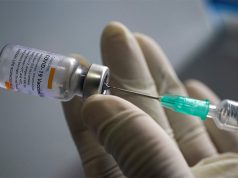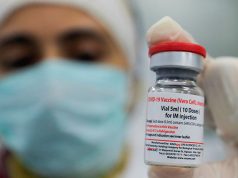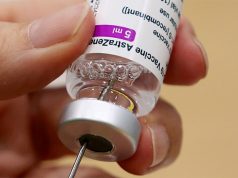
Herd immunity or vaccinating at least 70% to 80% of the population, even within local communities first, is still the best approach to end the pandemic, according to an OCTA Research Group Fellow.
The Department of Health previously introduced a new term called “population protection” as the new target they were eyeing instead of “herd immunity.”
READ: Population protection vs herd immunity: New term for Philippines’ vaccination goal questioned
Health Undersecretary Myrna Cabotaje introduced this term in a briefing on May 26.
“So ang ating term ngayon ay really ‘population protection’. We prevent hospitalization. We prevent and minimize deaths by prioritizing. And the bigger the population that is vaccinated, we have population protection so hindi magkakahawaan,” Cabotaje said.
The shift in the government’s target is due to the presence of COVID-19 variants in the country, thus making it difficult to achieve herd immunity, according to the health official.
This population protection, however, is also similar to the objectives of achieving herd or community immunity in a country, which governments in the world had been eyeing to end the pandemic.
Stressing herd immunity
In a webinar titled “Race against Time: The Road to Herd Immunity” last June 4, Fr. Nicanor Austriaco of the OCTA Research Group presented an infographic that showed how vaccinating between 75% and 95% of a population can help stop outbreaks and eventually end the health crisis.

Herd immunity does not entail 100% of a population, he noted. He cited health reasons and the young people who cannot be approved as among the reasons why there will be a few individuals who will not receive the vaccine.
“When we have complete herd immunity, what we mean here is that the vaccinated persons will protect the unvaccinated from the virus,” Austriaco said.
He also explained difference between complete herd immunity and incomplete or containment.
In the slide he presented, containment is the first step where it means a target of 40% to 50% only. Meanwhile, herd immunity requires 70% to 80% to be vaccinated.
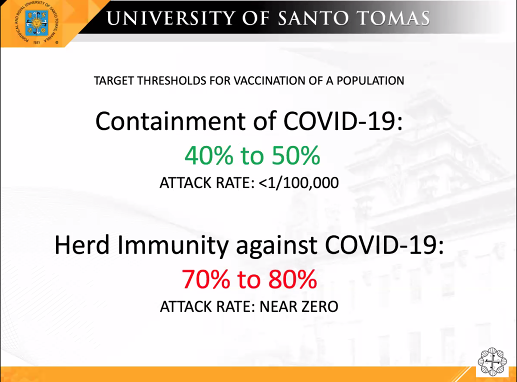
Containment has its advantages such as protection against COVID-19 surge and the reopening of the economy. It also allows vaccinated persons to gather, according to Austriaco.
“Outbreaks will still occur during containment. However, the virus will struggle to spread widely through the population,” the priest said.
Austriaco cited the situation in Israel where they managed to inoculate more than 60% of their population by March 2021 as proof that herd immunity works to help a country return to normal.
He presented a graph showing the Israel government’s vaccination program using Pfizer, which boasts of the 95% efficacy rate.
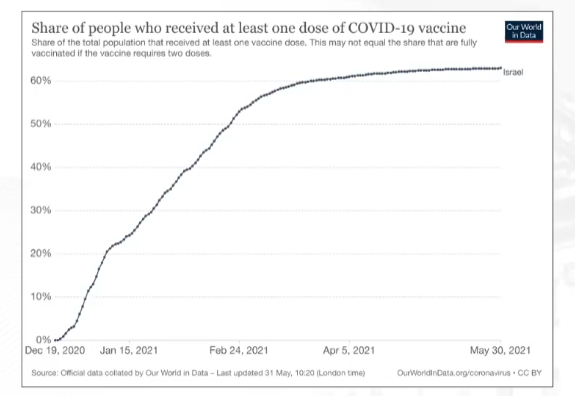
Recommended goals in the Philippines
In the Philippines, Austriaco said that the OCTA Research Group stressed the importance of achieving herd immunity in NCR+8, citing the region as “the engine that is driving the pandemic.”
NCR+8 refers to the National Capital Region and the provinces of Cavite, Rizal, Bulacan, Metro Cebu, Laguna, Pampanga, Batangas, Davao City
“If we suffocate the pandemic here, we will help the rest of the country,” he said.
Austriaco further projected that the NCR+8 can achieve containment in October with 250,000 doses per day.
Herd immunity in the region, meanwhile, is possible if vaccines were administered between 200,000 to 300,000 doses per day from June 1 to November 30.
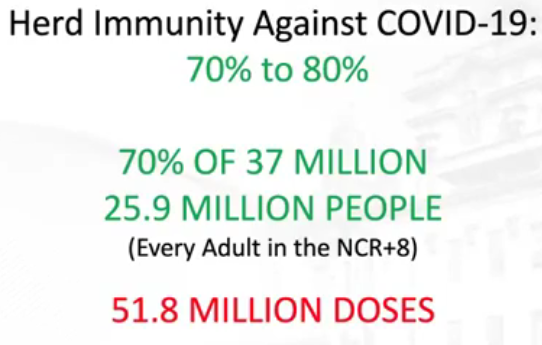
Austriaco also recommended to prioritize achieving immunity from the ground up such as each barangay, office and business.
“What will happen now is we will be bubbles of herd immunity. So companies will be herd immune and then barangays will herd immune within the LGU and slowly the different herds will come together and the hope is that eventually the entire country will be one giant immune herd against COVID-19,” he said.





